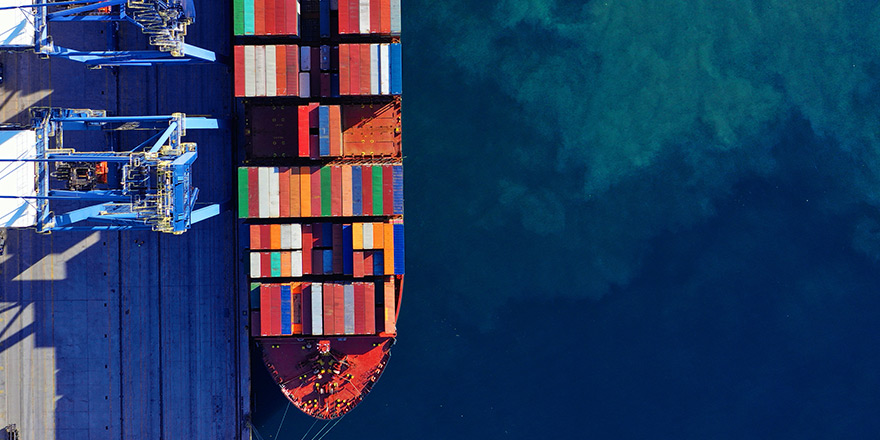New IoT business models for supply chain
What if your logistics company had smart containers with sensors that relay data on your goods’ progress? No more spoiled cargo. No more lost containers.

It takes about 30 days for a freight container to get from Ningbo-Zhoushan, China to Hamburg, Germany by boat.
The route passes through three different climate zones, so the freight must withstand tropical storms, saltwater floods and extreme temperature fluctuations.
Some of your goods may be fragile, some perishable – you want them all to get to Germany unscathed and on time. How can the Internet of Things (IoT) help logistics companies master these challenges?
It is estimated that thousands of freight containers get lost each year. And the journey for your goods rarely ends at the port on the Elbe river. Subcontractors and various transportation systems, like road and rail, take turns from there. Logistics companies – and your company – and are often left with one thing to do: Wait.
But you are paying a high price for the principle of hope; especially if damages to valuable goods – or perishable goods are spoiled – only become evident after weeks in transit.
What if your logistics company had smart containers, equipped with sensors that could relay data on your goods’ progress? The data – signaling storm delays, container losses, possible spoilage, and damage –could all be relayed real-time to an IoT platform, where you would have 360-degree visibility.
The IoT opportunity
These types of new business models for high-value goods transportation are transforming the logistics sector.
So, it isn’t good enough to just optimize existing business models, you also need to develop new ones that create additional revenue sources and USPs in an ever-tougher competitive environment. The unknowns during shipping can translate into opportunities – if the knowns become services.
Software AG is convinced of this and has developed a solution specifically for the high-value goods transportation segment. It is equally beneficial for logistics companies and their customers.
Smart containers, equipped with sensors, provide the Cumulocity IoT platform with comprehensive data on goods being transported in real time. IoT devices transmit data such as:
- Location
- Temperature
- Ambient light
- Air humidity
- Vibration
With the help of smart rules, warnings are generated when thresholds are breached, and shipments are at risk. A dashboard enables logistics companies and customers to track the condition and location of their goods and react early to any circumstance.
With our completely open and independent Cumulocity IoT platform, you can connect everything to everything immediately and manage your important assets throughout their lifecycles, at scale and with ease – by configuring, not coding. You can connect legacy protocols and be ready for any new ones.
Learn more about Cumulocity IoT by clicking below.